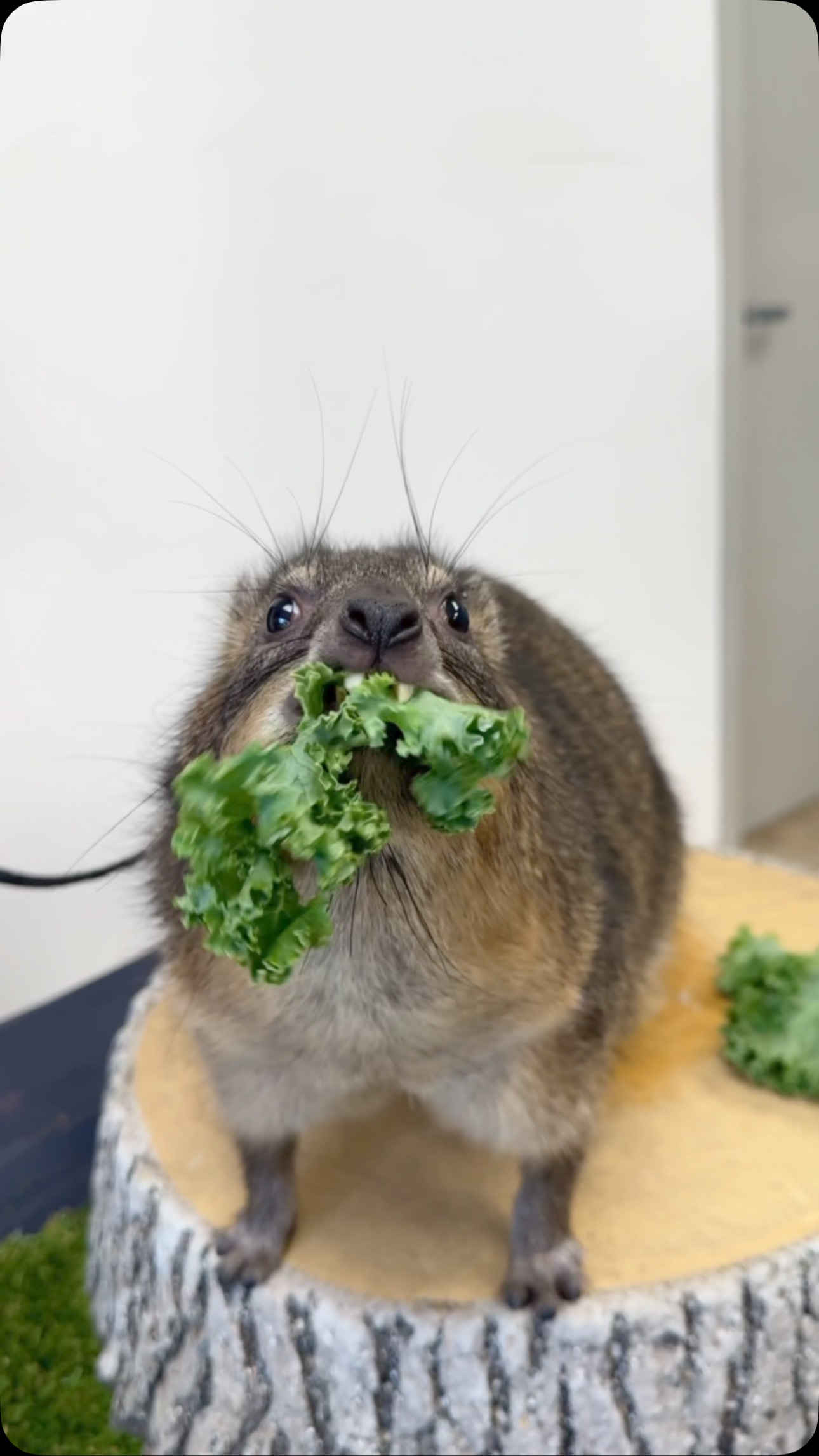- Exploring key moments in animal feeding behaviors observed in zoos and wildlife reserves.
- Understanding the role of dietary enrichment in zoo management and animal welfare.
- Discussing the ecological impact and conservation efforts of feeding practices.
- Highlighting innovative feeding strategies for endangered species.
- The significance of observing animals’ feeding habits for scientific research.
Feeding behaviors in animals are a fundamental aspect of their daily lives, offering fascinating insights into their natural history, biology, and conservation. Observing these behaviors in controlled environments like zoos and wildlife reserves presents unique opportunities for scientific research. Every species has its distinct way of interacting with food, which can reveal crucial information about its ecological niche, health, and feeding ecology.
In vastly different ecosystems across the globe, animals have adapted to survive, and their feeding habits offer a glimpse into their evolutionary journey. From the deliberate, tool-using behaviors of primates to the opportunistic feeding of scavengers, each act of consumption has taken on its significance. In zoos, these feeding moments are not just about sustenance; they provide enrichment, education, and a deeper understanding of the species. Engaging visitors through observing these natural behaviors is an educational tool that raises awareness about animal welfare and conservation.
Zoo management uses dietary enrichment as a core strategy to maintain animal health and welfare. This involves delivering diets that not only meet nutritional needs but also stimulate natural feeding behaviors. For example, scatter feeding in primate exhibits mirrors how these animals forage in the wild. By promoting active searching and problem-solving, it reduces stress and encourages physical activity. Implementing complex feeding strategies reflects an understanding of species-specific needs and supports overall well-being.
Moreover, dietary enrichment includes using diverse and natural ingredients, offering variety and complexity in the diet. This practice helps prevent monotony and encourages animals to engage more with their environment. Such strategies are pivotal in addressing the dietary needs of animals and play a fundamental role in keeping them mentally and physically healthy.
The feeding practices adopted in zoos and wildlife reserves also have broader ecological impacts. By studying the interplay between diet and health in various species, zoologists and conservationists can develop insights that inform broader ecological studies. For instance, understanding the feeding habits of herbivores can aid in habitat restoration projects, allowing scientists to identify optimal plant species for reintroduction efforts. This provides a framework for simulating the balance of ecosystems and can assist in designing conservation strategies that align closely with natural processes.
Conservation efforts are increasingly incorporating novel feeding strategies to protect endangered species. These initiatives focus on recreating natural diets that match those found in their native habitats as closely as possible. For organisms on the brink of extinction, such as the black rhinoceros or Amur leopard, accurately replicating their diet can be the difference between survival and decline. Nutritional fidelity is inherent to fostering resilience among reintroduced populations, ensuring they are adept at finding similar resources in their natural environment.
One example is the case of the giant panda, whose feeding habits are reliant almost exclusively on bamboo. In captivity, zoos have invested in bamboo cultivation and importation to provide fresh foliage, mimicking the pandas’ wild diet as closely as possible. These efforts contribute to breeding programs and enhance the chances of survival upon reintroduction into protected reserves.
Observing feeding habits also advances scientific research and contributes to a richer understanding of animal biology. Detailed records of consumption patterns can identify health issues or stress factors, offering early alerts for potential problems. Data from these observations are crucial in refining husbandry practices, with implications extending to wildlife conservation strategies.
Feeding behaviors, therefore, form a critical juncture where scientific research, animal welfare, and conservation intertwine. They are much more than mere sustenance activities. They are indicators of animal health, essential drivers of educational experiences, and pivotal elements in conservation strategies. Through innovative dietary approaches, zoo management and wildlife conservation are continually seeking new ways to enhance animal welfare, secure conservation successes, and educate the public about the intricate balance of ecosystems.
“A few of our favorite munching moments” is a catchphrase resonating not only within the gates of zoos but also in broader conservation fields. It echoes the primary goal: fostering a deep understanding and appreciation of the complex and interdependent nature of life on Earth. Through scientifically-informed feeding practices, humans can help pave the way for a future where all creatures have the opportunity to thrive in their natural settings once again.
The proactive approach to integrating feeding insights into conservation efforts indicates a growing recognition of the need to harmonize human activities with wildlife needs. Preserving the biodiversity and ecological integrity of our planet demands concerted efforts and innovative thinking. By continually researching and refining feeding practices, both in captivity and in the wild, humans can contribute positively to the survival and flourishing of numerous species, thereby safeguarding the well-being of entire ecosystems for future generations.
*****
Source Description
A few of our favorite munching moments 🥰😋
.
.
.


